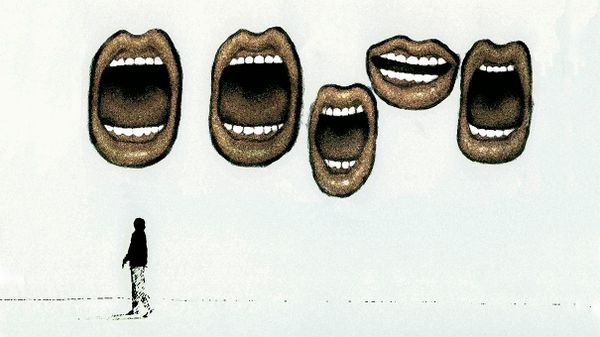Tourists love to ask if they can "park the car in Harvard Yard" — or rather, "pahk the cah in Hahvahd Yahd." This question illustrates the stereotypical Boston accent, whose origins date back to the 17th century. Beantown's famous dialect is a melting pot, bearing the influence of Quakers, Puritans and Algonquin Indians alike.
By far, the Boston accent's best-known quirk is a tendency to drop the "R" sound. This is exchanged for an "ah," turning beer into beeah. Until recently, historians attributed the custom to good old Anglophilia. Supposedly, Massachusetts colonists were trying to emulate the high-brow norms of England's elite, who always made a point to ditch their R's. However, this explanation might have it backward.
The dropped "R" habit first showed up in southeastern England, where it wasn't originally seen as prestigious. In 2012, linguist Richard Bailey used phonetically written records to show that the trend later became popular in pre-Revolutionary Boston. And yet, according to his research, Britain's well-off wouldn't embrace the practice until the mid-1800s. So, in other words, it's possible that English socialites were copying Beantown and not vice-versa.
Oh, and for what it's worth, Harvard Yard has very strict parking policies, so you might want to leave your vehicle elsewhere. Just saying.



